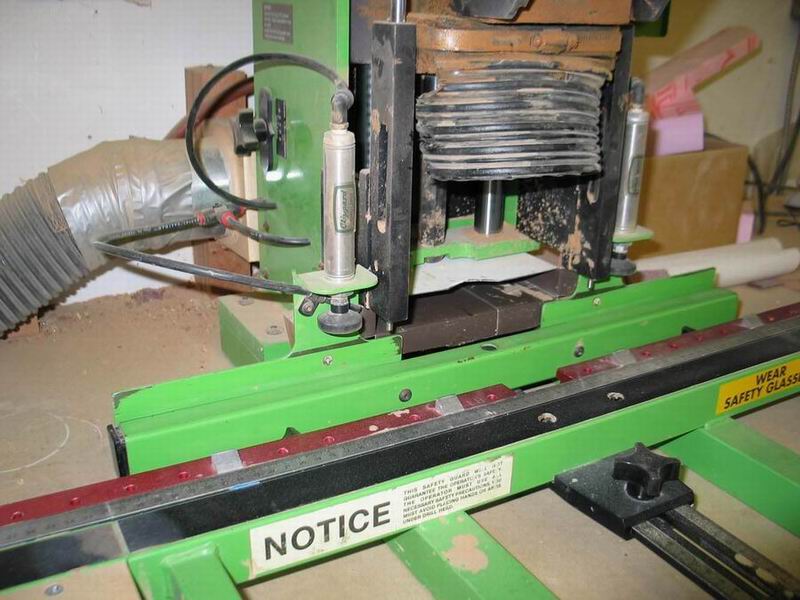Voltage and Amperage for a Postform Heater
A close look at the plug gives clues to the voltage and amperage of the device. February 1, 2015
Question (WOODWEB Member) :
We purchased a postform heater. Can someone tell me what they think the required voltage is? I'm guessing 220 single from the plug?

Click here for higher quality, full size image
Forum Responses
(Architectural Woodworking Forum)
From Contributor H:
That looks like a 50a 220v plug. Think of your kitchen range plug back in the days before 4-wire (with neutral and ground) outlets.
From contributor N:
It indicates on the bottom in the picture, but is a little hard to read in the photo. If you get under a good light, you should be able to read it. When in doubt, you can hold a piece of paper or a styrofoam coffee cut in your hand, and press it through, then take that to any electrical supplier to match it up. While you are there, you can ask what size wire you need to get from the breaker panel, and the breaker to protect that line. Otherwise, call an electrician, and they will know what to do.
From Contributor H:
Good point the info is indeed right on the plug. If it is a 50a as it appears and the plug is original from the factory then it will be #8 wire for a 50a circuit.
From Carl Hagstrom, Systems Administrator at WOODWEB
Not sure if it's any help, but my Lincoln electric "buzz-box" welder has the same plug - called a "crow foot" plug. The welder requires a 50 amp breaker. I would say there's little doubt it's 220.
From Contributor H:
"Buzz box" - I like that. I've always called mine a "tombstone" because it looks like one.
From contributor M:
Blowing up the photo it appears the lower stamping says 30amp - 125/250 volt, upper says 50A - 125/250 volt and the center I can't decipher. Then again, my eyes just turned 63 Wednesday and don't see as well as they did. Weird - can each prong designate a different amperage?
From Contributor H:
I think you are right about the double stamp. That makes sense because if you look closely at the left of the top/center/vertical prong you can just barely see a horizontal slot in the plastic housing. Most of these 250 volt range plugs come with the straight 50 amp blade AND a 90° 30 amp blade. You insert the straight 50 amp blade for a kitchen range or the 90° 30 amp blade for a clothes dryer. I believe this remains true even on the new code required 4-prong plugs that have both ground and neutral instead of just ground like this one.

